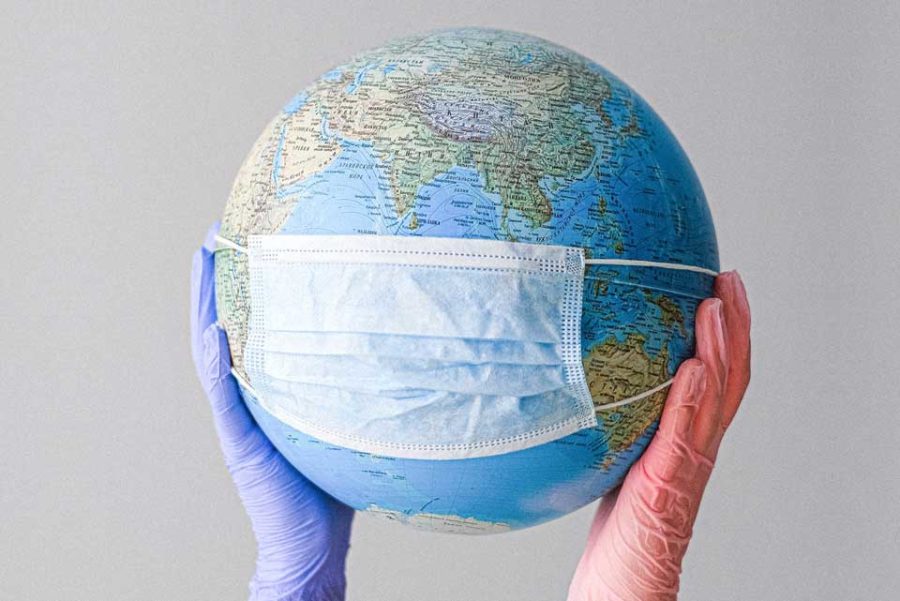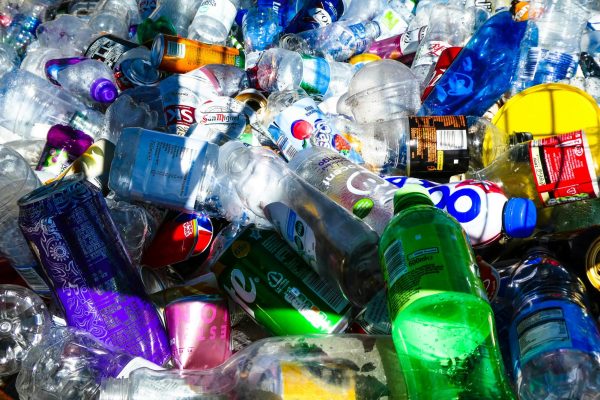The Overlooked Positives of the COVID-19 Pandemic
Are there any positives to this pandemic? We were all once in lockdown, we still have to wear masks, and we have to face countless anxieties about becoming ill, but there are certainly some positives to this rapid period of change.
January 10, 2022
COVID-19: we’ve all heard the name at this point; it’s just as infectious as the disease. The coronavirus has taken the world by surprise, plummeting pretty much everything into despair. With rising cases thanks to the new Omicron variant, we are all focused on the negatives of COVID-19.
But are there any positives to the situation? We were all once in lockdown, we still have to wear masks, and we have to face countless anxieties about becoming ill, but there were certainly some positives to this rapid period of change.
For starters, think about all the spare time we had in lockdown. COVID-19 has given us time to reflect on our past and think about our future. This has made us realize things we have done wrong (or absolutely right) and because of this time, we have hopefully become better people.
We also have had time to ponder the present. We have been given the opportunity to examine ourselves and discover things we may have not known before. Because of the pandemic, many of us are moving forward as new and improved human beings.
Secondly, let’s touch on our environment. The air quality of places around the world increased due to the decrease in the use of vehicles and aircrafts. According to a 2016 study from the United States Environmental Protection Agency (EPA), 80% of nitrogen dioxide emitted into the atmosphere comes from the exhaust of certain modes of transportation. Nitrogen dioxide is a toxic gas that can cause acid rain, pollution, haze, and respiratory issues.
When COVID-19 turned the world upside down, we were so focused on the negatives that we missed the positives entirely. With much of civilization sheltered in place, the pestering of wildlife decreased, our environment flourished, and our minds improved.
— Matthew Munson
With the decrease in travel and transportation throughout the pandemic, nitrogen dioxide rates decreased globally. In the US, nitrogen dioxide rates dropped 25.5% during the lockdown. European cities such as Barcelona, Milan, and Paris saw NO2 rates drop 30-60%. São Paulo, Brazil measured a NO2 drop of 54.3%.
This atmospheric drop in nitrogen dioxide caused the air we breathe to be fresher and healthier.
With the temporary absence of people sheltering in their homes, the wildlife that tended to hide from civilization miraculously reappeared. Famously, two dolphins swam near the city of Cagliari, the capital of the Italian island, Sardinia. The fashion magazine, W, reported that dolphins are a rare sight in Italian waters, but they have been found scattered around the nation, with the most common location being the Venetian Lagoon, a bay near the city of Venice.
Along with dolphins, boars and ducks have been spotted in the streets of Italy and the fountains of Rome, respectively.
When COVID-19 turned the world upside down, we were so focused on the negatives that we missed the positives entirely. With much of civilization sheltered in place, the pestering of wildlife decreased, our environment flourished, and our minds improved.
Most would argue that, in this instance, the negatives do greatly outweigh the positives. This, however, does not mean the positives are nonexistent; I promise you, they are there. You just have to find them and hold on tight.












